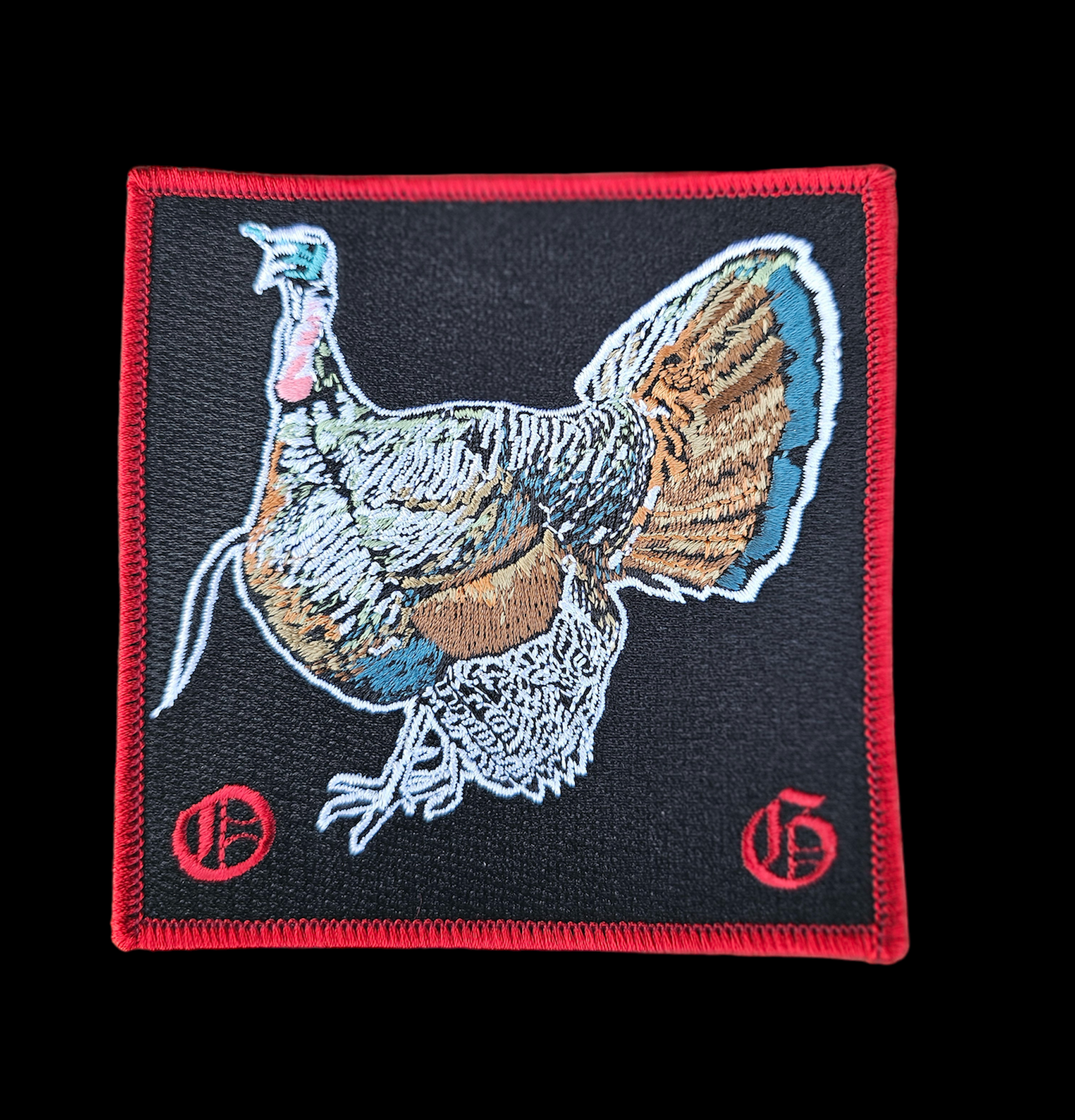       |
Turkey hunting forum for turkey hunting tipsThe world needs to eat less meat to save the planet
How to identify Strut zones in the woods?Started by Mossberg90MN, May 19, 2020, 06:41:00 PM Previous topic - Next topic
User actions
|
       |
Turkey hunting forum for turkey hunting tipsThe world needs to eat less meat to save the planet
How to identify Strut zones in the woods?Started by Mossberg90MN, May 19, 2020, 06:41:00 PM Previous topic - Next topic
User actions
|